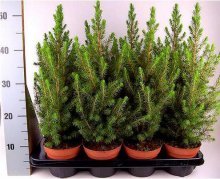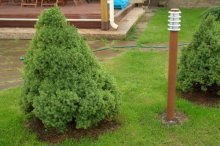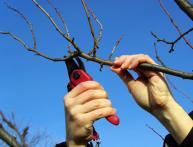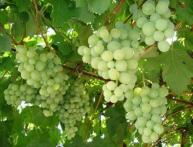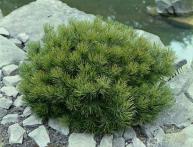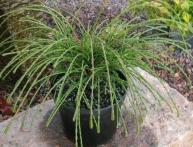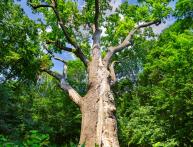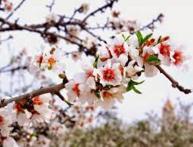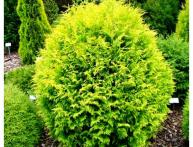Exquisite Canadian spruce Konica: planting and care
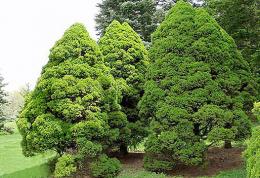
Konica is a decorative Christmas tree that grows at home no more than 30 cm, and in gardens up to two meters. Konica was discovered at the beginning of the last century. This spruce was born in North America, where it reaches a height of three to four meters. Although it is unpretentious, before purchasing this species, you should study the species such as Canadian spruce Konica, in particular its planting and care.
This type of spruce has a cone-shaped shape. The branches are fluffy, the crown is dense, as the internodes are small. The needles are light green, soft, reaching from 6 to 10 mm in length. The diameter of the spruce can reach 80 cm. The roots of the Konika spruce do not go deep into the soil; the main part of the root system is located closer to the soil surface.
As for the growth rate, it is quite slow. An adult spruce grows two to three cm per year. Until 10 or 15 years, the tree grows actively, adding 6-8 cm per year. The life expectancy of this spruce is very high - from three hundred to five hundred years. Konica is suitable for growing in the middle zone.
Content:
Growing at home
Growing Konica at home is quite difficult. It's all about temperature conditions. Spruce cannot withstand high temperatures in winter. The maximum permissible temperature for it is 10 degrees. For the winter, it is better to take the pot with the Christmas tree out onto the balcony.Constantly maintaining the required level of humidity to avoid drying out.
You should water a decorative spruce tree in a pot no more than once a week, otherwise the needles may acquire a dark purple hue, which indicates an excess of moisture. If you water the tree very rarely, the needles will turn yellow and begin to fall off.
Konik should be protected from direct sunlight. Otherwise, burning is inevitable.
It is recommended to spray the spruce crown with water during dry periods to restore the moisture balance. In order for the spruce to receive a sufficient amount of nutrients, special fertilizers for conifers should be added: Zircon, Khol, Epin and others. At home, spruce should be grown only for seedling growth. It is suitable as a houseplant only if it is “wintered” on the balcony.
Transplantation into open ground
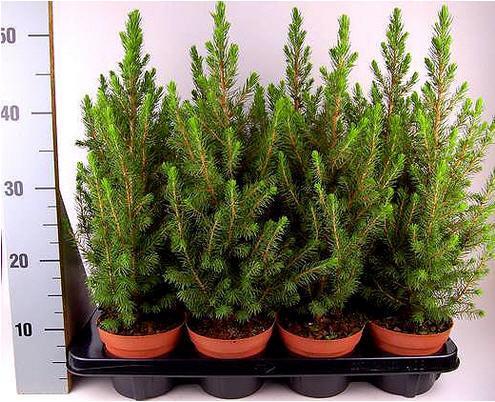
Before planting Konica in open ground, the roots are grown for three or four years in a pot. The soil for planting should consist of two parts garden soil, two parts turf, part peat and part sand.
The place for planting Konica must be chosen carefully. It is advisable to choose a shady corner where the soil is not waterlogged and is not located on a hill. Proximity to groundwater can also negatively affect the growth and appearance of Canada spruce. It is also worth choosing a place protected from the wind.
Spruce trees with an open root system can be plant in open ground spring, summer and autumn. With a closed system - only in spring or autumn. It is best to do the replanting on a cloudy day, and cover it with material for a couple of days so that the needles, unaccustomed to the sun, do not get burned.
Care, diseases, pests and treatment
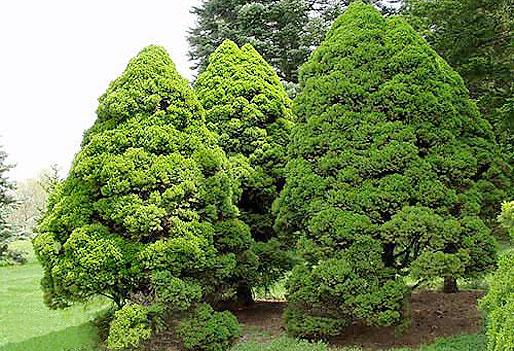
Konica does not require special care.All she needs is timely hydration and protection from sunlight. As a result of poor quality care, various diseases can appear and the appearance may deteriorate. Restoring Konica spruce can take a long period of time.
Diseases that can affect Konica:
- Tracheomycosis. This soil fungus. It can affect the root system of conifers. Most young plants can suffer this fate. When damaged, the needles turn red and fall off. There is no point in treating an affected tree; it will not recover. But you can save the rest of the seedlings by digging up a large ball of roots and burning them.
- Coniferous Schutte disease. This is a pine fungus. When infected with this fungus, the needles begin to turn black, then white plaque accumulates on them, and then they fall off. In this case, Konik will be saved by treating with a three percent solution of copper sulfate. Then sprayed with Trichodermin, Alirin-B. If the plant is severely affected, it should be burned.
- Rust. This is a twig fungus. When affected, orange growths appear on the branches. After which the needles begin to turn yellow and fall off. This fungus is treated with Vectroy and Gliocladin. The affected tree needs to be treated once a week for a month.
- Hedgehog moth. This is a parasitic insect. Appears at the end of spring. The female lays up to one and a half thousand larvae. Outwardly they look like small brown balls. As a result of the appearance of this parasite, the needles fall off. The parasite should be exterminated with a 0.3% solution of BI-58.
- Bark beetle. This is a parasitic beetle. They harm plants by gnawing through the bark and laying eggs under it. The beetle larvae feed under the bark of wood.If there is a bark beetle on Konik, then it is better to get rid of the tree, since it is almost impossible to escape from it, and it reproduces unusually quickly.
Konika should be looked after, protected from direct sunlight and winds. The soil and crown of the tree should be periodically fed with fertilizers. If diseases or parasites appear, immediately begin treatment, otherwise the spruce will take on a terrible appearance, or, even worse, die.
Canadian spruce Conica Picea glauca is ornamental plant, therefore does not reach particularly high growth. But, as is typical for conifers, Konica is frost-resistant and unpretentious. Therefore, it is suitable for growing in the middle zone.
Such a beautiful cone-shaped tree will become a decoration in any garden, or even in an apartment, provided that the humidity and temperature conditions are observed. And for the New Year you can decorate it and dance round dances around Konika.
The subtleties of planting Canadian spruce on video:
Interesting information about the vegetable garden

